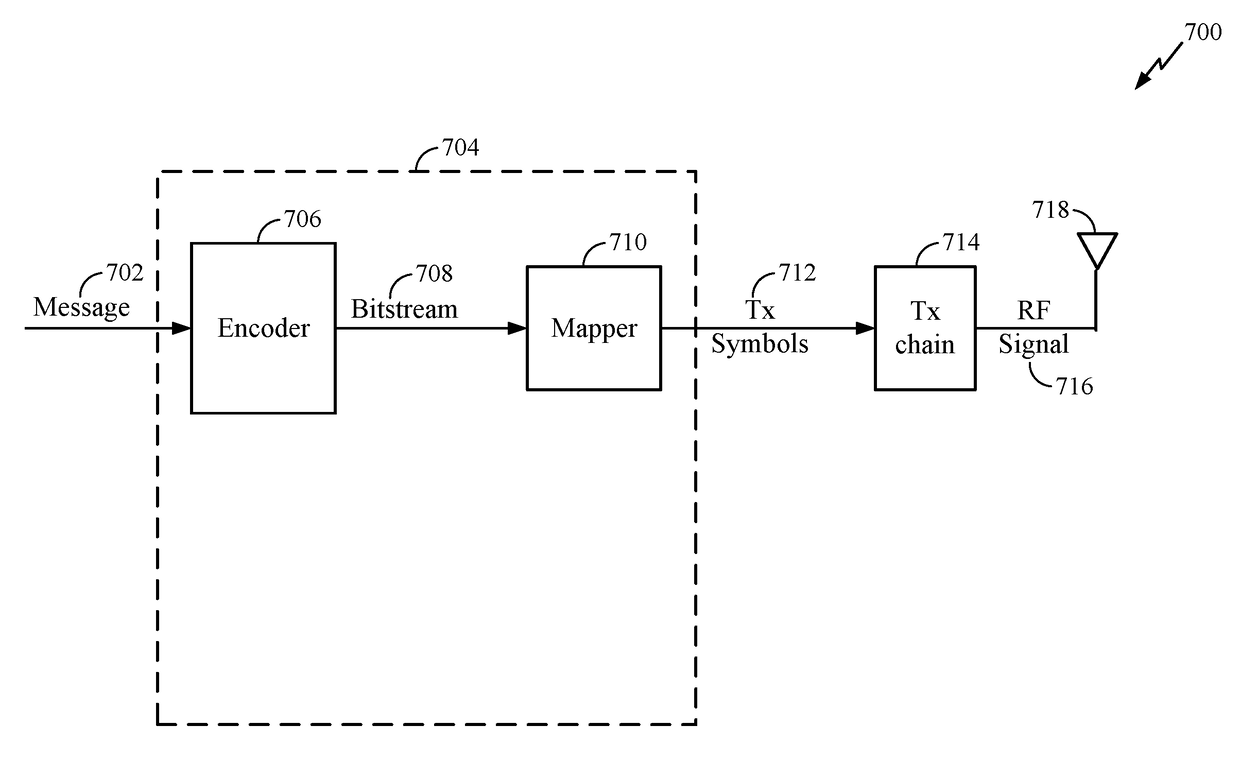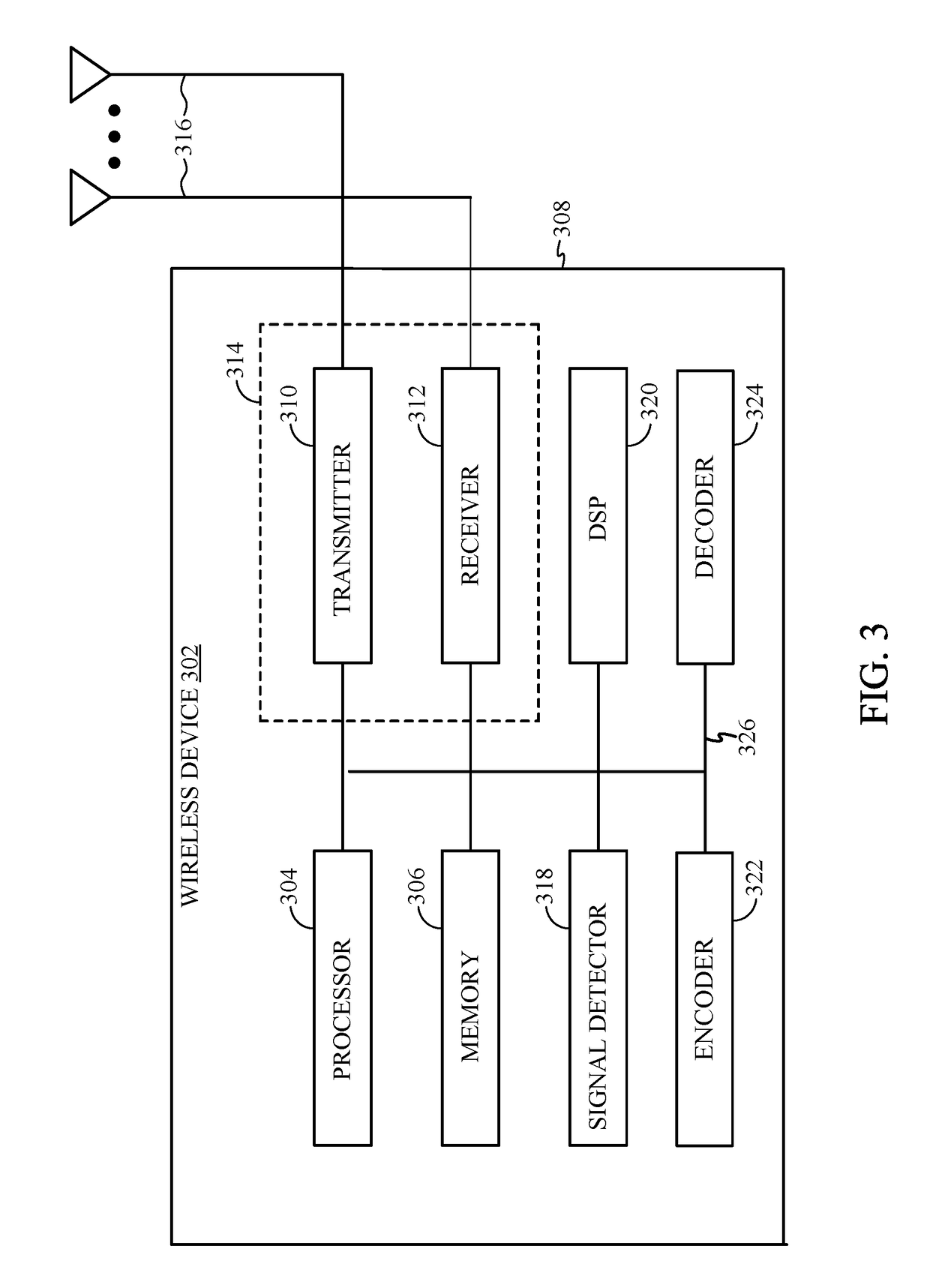Deeply-pipelined high-throughput LDPC decoder architecture
a decoder and high-throughput technology, applied in the field of wireless communication methods and apparatus, can solve problems such as unusable data, error introduction, and inability to fully recover original data, and achieve the effect of improving communication between access points and stations
- Summary
- Abstract
- Description
- Claims
- Application Information
AI Technical Summary
Benefits of technology
Problems solved by technology
Method used
Image
Examples
example deeply-pipelined
High-Throughput LDPC Decoder Architecture
[0093]Low-density parity check (LDPC) is a powerful error correcting coding technology used in several applications such as wireless communications, storage, and Ethernet. LDPC is based on designing codes on bipartite graphs, for example, as described above and illustrated in FIG. 4. LDPC decoding is typically implemented using belief propagation techniques, described above, where messages are passed along edges of the graph and the nodes in the graph compute their marginal distributions from which decisions on the source symbols can be made. Quasi-Cyclic (QC) codes are a popular class of structured LDPC codes where a base LDPC Parity Check Matrix (PCM) gets ‘lifted’. For example, “lifting” entails replacing each base PCM entry with a Z×Z submatrix. The Z×Z submatrix can be a matrix of all zeros for ‘0’ base PCM entries or a cyclically rotated identity matrix for ‘1’ base PCM entries. QC LDPC codes enable parallel processing in hardware by en...
PUM
 Login to View More
Login to View More Abstract
Description
Claims
Application Information
 Login to View More
Login to View More - R&D
- Intellectual Property
- Life Sciences
- Materials
- Tech Scout
- Unparalleled Data Quality
- Higher Quality Content
- 60% Fewer Hallucinations
Browse by: Latest US Patents, China's latest patents, Technical Efficacy Thesaurus, Application Domain, Technology Topic, Popular Technical Reports.
© 2025 PatSnap. All rights reserved.Legal|Privacy policy|Modern Slavery Act Transparency Statement|Sitemap|About US| Contact US: help@patsnap.com



